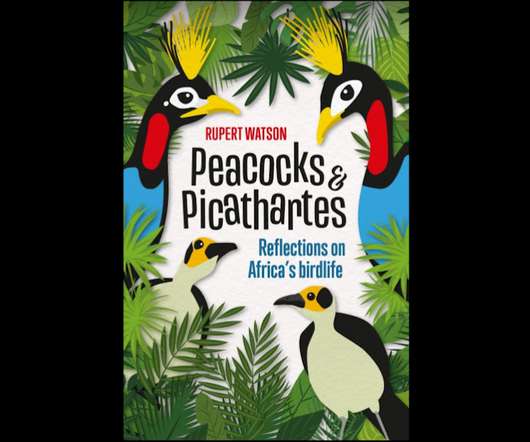“Peacocks and Picathartes: Reflections on Africa’s Birdlife”
10,000 Birds
AUGUST 26, 2021
In case you didn’t know, yes, there is an indigenous peacock living in Africa, the Congo Peafowl. This book is essentially about those birds that breed on the continent south of the Sahara, a topic few birders are familiar with. Some are incredibly rare and hard to find. Lodge provided the frontispiece for Part II).












Let's personalize your content